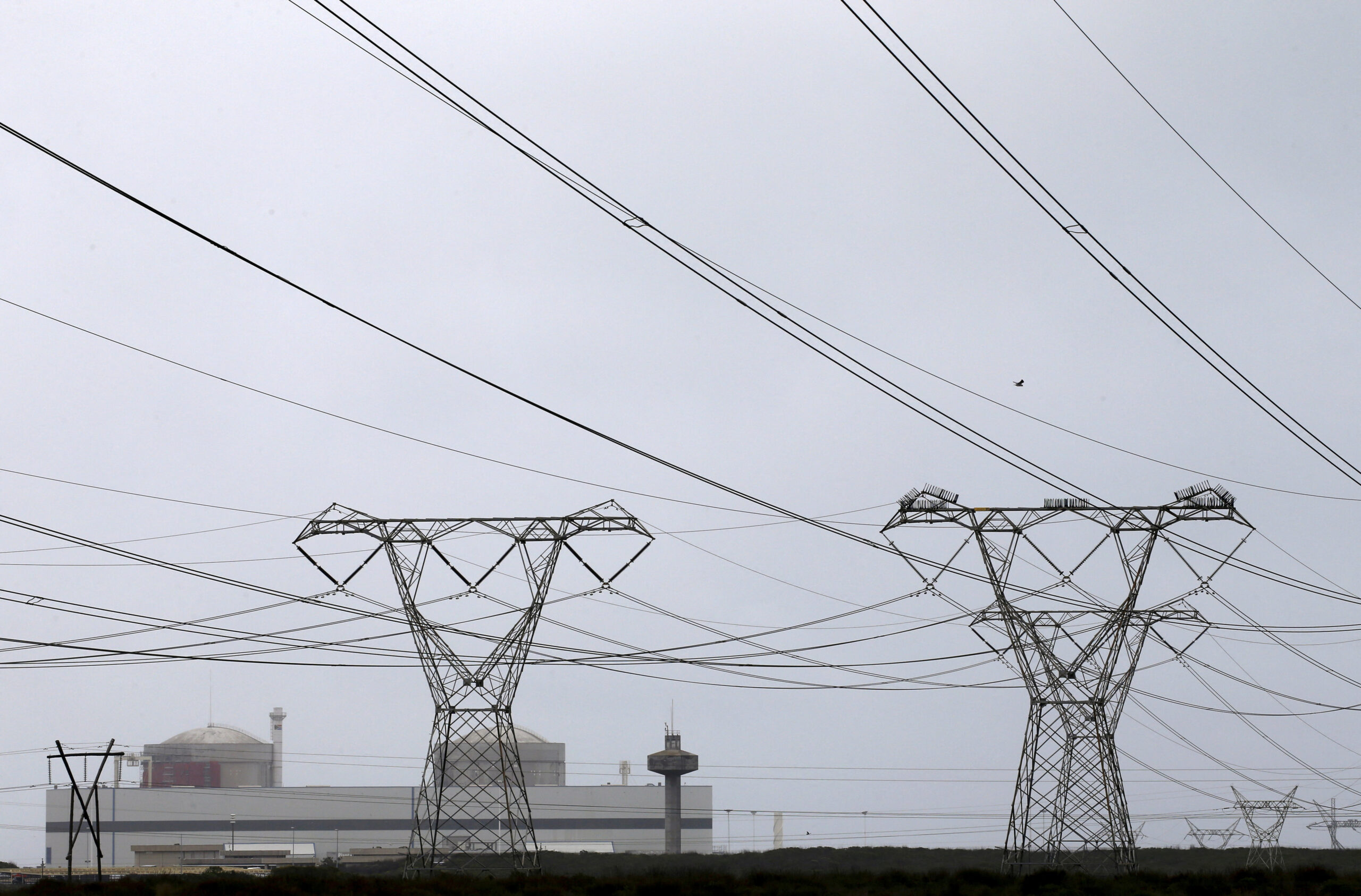Insider Brief
- Ontario-based Terrestrial Energy, developer of Integral Molten Salt Reactor (IMSR) technology, plans to become the first publicly traded molten salt reactor company through a merger with special purpose acquisition company HCM II Acquisition Corp., valued at approximately $1 billion.
- The merger, expected to close in Q4 2025, will provide Terrestrial Energy around $280 million in funding, including $50 million from institutional investors and $230 million from HCM II’s existing funds, supporting the accelerated commercial deployment of its modular, zero-carbon reactors.
- Terrestrial Energy’s IMSR technology, recently achieving Canada’s regulatory milestone as the first molten salt reactor to complete a Vendor Design Review, offers scalable, low-cost energy solutions aimed at data centers, industrial facilities, and electricity grids.
Terrestrial Energy plans to become the first publicly traded molten salt reactor company through a SPAC — a special purpose acquisition company — arrangement.
The Canadian-based firm, known for its Integral Molten Salt Reactor (IMSR) technology, will merge with special purpose acquisition company HCM II Acquisition Corp. in a deal valued at approximately $1 billion, according to Terrestrial Energy. The combined entity will trade on Nasdaq under the ticker symbol IMSR following the transaction, expected to close in the fourth quarter of 2025.
The SPAC merger is projected to provide about $280 million in new funds, including $50 million from institutional investors at a fixed price of $10 per share and $230 million from existing HCM II funds. This fresh capital will support Terrestrial Energy’s expansion, speeding commercial deployment of its reactors which are designed to supply zero-carbon heat and power to sectors ranging from data centers and industrial facilities to electricity grids.

“Data center operators, utilities, industrial companies, and grid operators are all seeking safe, reliable, cost-effective, and clean energy, and Terrestrial Energy’s IMSR plant delivers an optimal blend of high-temperature, low-CAPEX, carbon-free heat and electricity to meet these requirements,” Simon Irish, CEO and Director of Terrestrial Energy, said in a statement. “We believe the proposed business combination with HCM II will accelerate our CAPEX-light business model and deployment strategy, through constructing, licensing, and commissioning of a fleet of IMSR plants.”
The company said its CAPEX-light business model results in low-cost, flexible energy solutions for its customers and “sustainable, long-term revenue streams.” It includes operating, maintenance and decommissioning services along with engineering and construction services for commissioning IMSR plants and supply of critical components to build and operate the plants, including long-term supply of replacement IMSR core-units every 7 years and IMSR fuel.
Terrestrial Energy’s IMSR technology represents a significant departure from traditional nuclear reactors, using molten salt instead of water as a coolant. This approach allows the reactors to operate at higher temperatures while maintaining low pressure, which the company says improves safety and lowers costs. The small, modular design further enhances flexibility, enabling plants to be scaled to meet specific industrial and electricity demands.
The company’s Generation IV IMSR plants also use Standard-Assay Low Enriched Uranium (LEU enriched to under 5% U235) fuel, which it sees as a a lower-cost and more readily available fuel than High-Assay Low-Enriched Uranium (HALEU is enriched to between 15% and 20% U235).
The company’s IMSR plant recently passed a critical regulatory milestone, completing Canada’s Vendor Design Review—a first for any Generation IV reactor using molten salt technology. Terrestrial Energy is also working closely with the U.S. Nuclear Regulatory Commission, benefiting from international collaboration agreements.
A strategic partnership with Texas A&M University, announced in February 2025, underscores Terrestrial Energy’s growing profile. The university selected IMSR technology to power its campus as part of broader efforts to achieve one gigawatt of clean energy capacity by the mid-2030s.
HCM II Chairman and CEO Shawn Matthews emphasized Terrestrial Energy’s potential impact, stating the IMSR technology stands to deliver “safe, reliable, and low-cost” electricity.
“Terrestrial Energy has built an expert-laden leadership team with decades of experience in the nuclear and supply chain sectors and is uniquely positioned to capitalize on accelerating enthusiasm for nuclear energy as a scalable solution to meet surging power demands,” he noted in a statement.
This transaction offers HCM II shareholders entry into the rapidly growing clean energy market at a valuation the company described as significantly discounted compared to peers. Terrestrial Energy’s existing shareholders, including its executive leadership, will fully roll their equity into the newly listed company.
Following the listing, Terrestrial Energy intends to leverage its capital-light business model, which generates recurring revenues through construction services, long-term reactor core replacements, and fuel supply contracts across the 50-plus year lifecycle of its plants.








